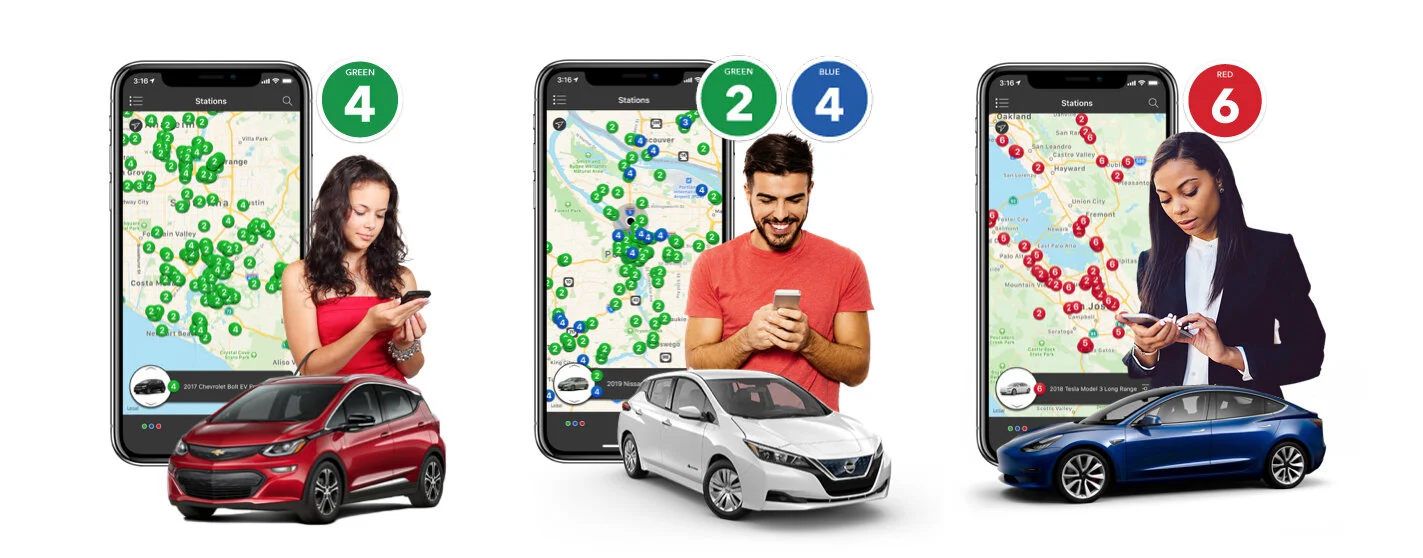VW's EV Charging Robots: Unlikely Concept or Stroke of Genius?
[Dec. 27, 2019]
Volkswagen has revealed a vision for EV charging, and it’s robots maneuvering through existing parking lots, bringing with them mobile energy storage devices prepped for DC fast charging. The robots recognize the EV plug type, locate and access the EV’s charging door, and then plug a 50 kW power trailer in before heading on to tend to other vehicles.
“The mobile charging robot will spark a revolution when it comes to charging in different parking facilities, such as multi-story car parks, parking spaces, and underground car parks because we bring the charging infrastructure to the car and not the other way around,” Mark Möller, Head of Development at Volkswagen Group Components, explains. “With this, we are making almost every car park electric, without any complex individual infrastructural measures. It’s a visionary prototype, which can be made into reality quite quickly, if the general conditions are right.”
And therein lies the rub. The fact is, the general conditions will probably rarely be right. Volkswagen might be optimistic, but there are far too many potential points of failure for a system like this to work using existing parking facilities.
Robots getting hung up on unlevel floors or joints, cars driving into robots, robots driving into cars, and battery trailers rolling downhill are only some issues to overcome, not to mention robots having to maneuver debris like snowfall as it drops from vehicles. Plus, while EV charging plug types are not standardized, charging port placement is even worse. A Nissan Leaf would presumably have to be reversed into its parking space. Meanwhile, a Tesla Model 3 parked closely to a massive Cybertruck might not work. The Audi e-tron and others receive their power via fender-mounted receivers, and side-to-side space is at a premium in crowded parking structures.
A simple solution would be widening existing parking spaces to allow for VW’s charging robots and power trailers, but that runs contrary to Möller’s assertion that Volkswagen’s robot system would work without complex infrastructure measures. Indeed, repainting parking lines is not complicated, but reducing parking spaces vastly exacerbates parking problems for everyone. These robots, power trailers, and their charging receptacles would also undoubtedly consume a few parking spaces on their own.
While the level of efficiency is not perfect, induction chargers could drastically increase the number of electric charging spaces in existing public parking facilities without many of the issues Volkswagen’s concept faces. The setup is vastly more involved and current EVs aren’t so equipped, but the longevity of induction-type systems should be greater than that of autonomous robots. Plus, a wireless charging standard has been proposed.
The truth is, Volkswagen admits that its charging robots are simply a concept, and one that the company isn’t going into full bore. “The mobile charging robot is a prototype by Volkswagen Group Components, which gives an insight into the future of charging infrastructure. A possible date for the market launch of the charging robot has not been set yet,” Volkswagen noted in its announcement.
Fortunately, VW is actively investing in actual charging points at this very moment, and that is certainly a safer bet.
(Images courtesy of Volkswagen)
Like what you read? Follow us on Google News and like us on Facebook!









